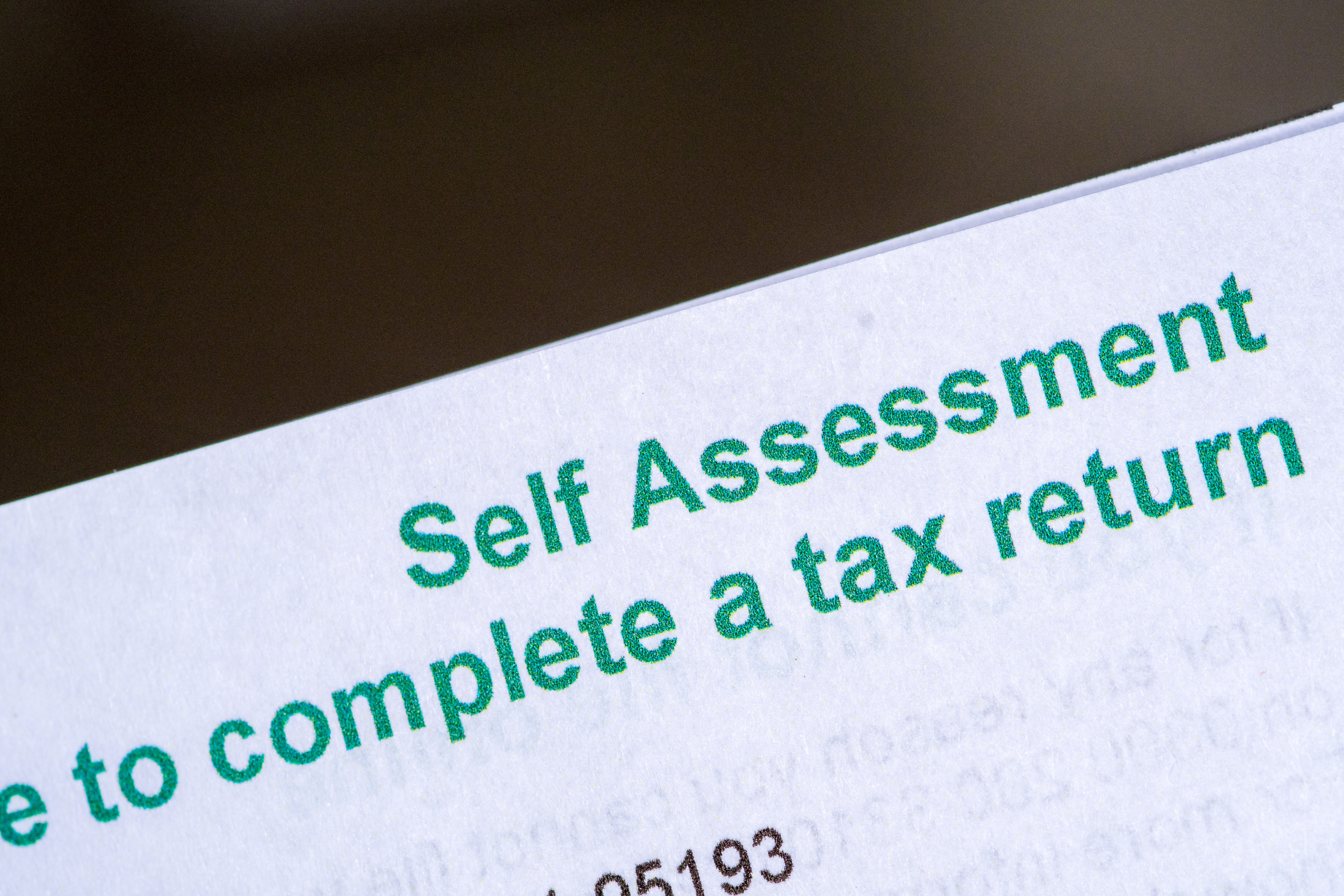If you’re about to hire someone to help out with running your business then it’s time to think about registering them for PAYE.
An acronym for Pay As You Earn, the scheme is administered by HMRC and it’s how your employee will pay income tax and national insurance. You have to deduct the amount they will liable for before they receive their first pay. Even directors have to be registered for PAYE if they are an employee of the company.
When do I use PAYE?
You have to register an employee with PAYE under certain conditions – even if your employee ticks the box for just one of these, they have to go on the government’s PAYE scheme. These are:
- They earn more than £123 a week
- They claim expenses or get employee benefits
- They get pension contributions from the company
- They have another job
Even if your employee didn’t meet any of these conditions and doesn’t have to go on PAYE you still need to keep a record of what your paid them. This is also an annual record of why you deemed them unsuitable for PAYE. It must be kept for three years in the event HMRC want to check. Remember to make a note of data protection rules when keeping employee records too.
How do I know how much to deduct?
You can use payroll software to work out how much your employee should be paying in income tax and national insurance. This information will then be sent directly to HMRC.
To do this though you will need a tax code for the employee. Using their P45 from their previous employer, go to the government’s website and use the tool there to calculate the code. Working out the employee’s national insurance number is easier as it’s based on age and employment.
Once you have both the income tax and national insurance codes you simply ender them into the payroll software and this will make those deductions. If the employee has student loans to pay off or want to pay into a company pension scheme then these must also be deducted at the time.
You have to then send this information to HMRC on a monthly basis under what is known as the Real Time Information (RTI) system.
Do expenses and benefits get taxed?
And bonuses and benefits, together with sick pay that your employee receives must also be taxed prior to them being paid. It’s only expenses that aren’t since the employee has already paid these out of his or her own pocket. The payroll software allows expenses to be entered before it calculates tax.
What is Full Payment Submissions?
This is when, via the payroll software, you let HMRC know how much pay your employee has received and what’s been deducted. This has to be sent before your employee receives his or her pay, or on the day itself. The only exception is if you haven’t received their P45 or they’re being paid on a weekend when the banks aren’t officially open.
If you’re late letting them know you might receive a financial penalty (unless it’s your first time – in which case you may simply receive a ticking off).
Typical PAYE mistakes to look out for
Using the wrong tax code for an employee is a big no-no as far as HMRC is concerned. So too is forgetting to remove an employee from the payroll once they’ve left your employ.
It may be too that you’ve forgotten to put in overtime or a bonus, or you’ve lumped expenses in with pension payments etc. In other words, getting the details mixed up.
What are the payroll forms I need to know about?
There are three main PAYE forms that you’ll probably encounter. These are P45s, P60s and P11Ds and all can be obtained via the payroll software.
A P45 is issued when you employee leaves. It tells them (and you) what they have paid in income tax and national insurance during that tax year.
A P60 is handed to every employee to let them know how much tax they’ve paid that year. They should receive this by May 31 every year.
A P11D outlines to employees how much tax they have paid on their benefits ie if they have a company car. This should be issued before July 6 annually.
What to be mindful of
If may be that you use casual Saturday staff in your business who don’t need to go on the payroll because they don’t earn more than £123 a week. That’s fine – until their earnings meet the personal allowance threshold (currently £12,570) or get another job, and then they will be liable for tax.
What else do I need to know?
Other matters to look out for when taking on an employee for your business include checking they have the right to work in the UK. You must also let them know of the workplace pension scheme and check you are in line with the government’s minimum pay legislation.
Get in touch today
If you have more than one employee and are considering taking on even more than undertaking the regular requirements for payroll can prove quite an effort. Outsourcing your payroll responsibilities can take the pressure off you and give you more time to get on with your business. To find out how we can help here at Black and White Accountants, tel: 0800 140 4644 or write to us via our website Contact Us page.



